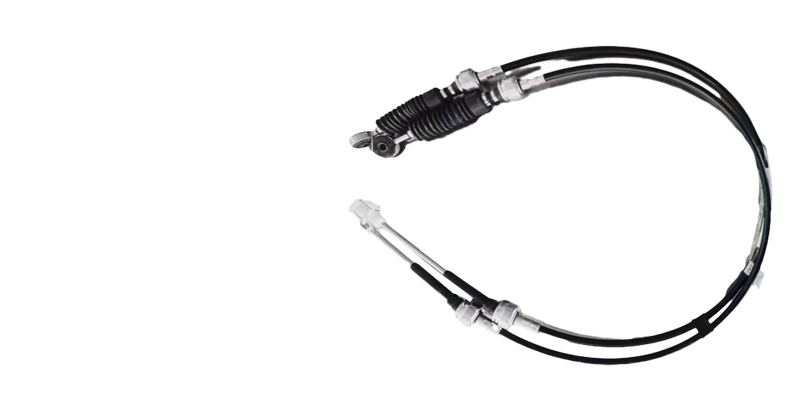Hand Brake Cable - High-Quality Replacement Parts for Enhanced Vehicle Safety
Understanding Hand Brake Cables Importance and Maintenance
The hand brake, commonly known as the emergency brake or parking brake, is an essential component of any vehicle's braking system. It serves as a safety mechanism, preventing the car from rolling away when parked. At the heart of this crucial system lies the hand brake cable, a vital part that ensures reliable performance and safety.
Hand brake cables are typically made from steel wire enveloped in protective plastic or sheathing, providing durability while allowing for smooth operation. The cable connects the hand brake lever inside the vehicle to the brake mechanism on the rear wheels. When the driver pulls the hand brake lever, the cable tightens, activating the rear brakes and securing the vehicle in place.
One of the primary reasons for hand brake failure is cable wear and tear. Over time, exposure to elements like moisture, dirt, and salt can corrode the cable, leading to fraying or snapping. Insufficient tension can also occur due to stretching from repeated use, impacting the hand brake's effectiveness. Therefore, regular inspection of the hand brake cable is critical in maintaining overall vehicle safety.
hand brake cable

Maintenance of the hand brake cable involves several steps. First, it’s essential to check for any visible signs of wear, such as frayed wires or excessive rust. If any damage is noted, replacement is necessary. Most vehicle manufacturers recommend inspecting the hand brake system during routine service intervals, ensuring that the cable remains in optimal condition.
Additionally, it is advisable to lubricate the cable periodically. A light application of grease can facilitate easier movement within its sheath, preventing binding and snapping. However, it's important to avoid over-lubrication, which can attract dirt and debris, potentially leading to other issues.
Proper adjustment of the hand brake cable is crucial as well. An overly tight cable can cause the brakes to engage unintentionally, resulting in premature wear, while a loose cable may not secure the vehicle adequately. Many vehicles come with an adjustment mechanism, often located at the lever or along the cable, allowing for easy tension adjustments as needed.
In conclusion, hand brake cables are a key element in ensuring vehicle safety when parked. Regular inspections, maintenance, and proper adjustments can significantly enhance their longevity and effectiveness. By understanding their importance, vehicle owners can take proactive steps to ensure that their hand brake system remains functional, contributing to overall road safety. Remember, a well-maintained hand brake system is not just a matter of compliance but a vital aspect of driving security.
-
Upgrade Your Vehicle with High-Quality Handbrake CablesNewsNov.01,2024
-
Optimize Your Bike's Performance with Quality CablesNewsNov.01,2024
-
Enhance Your Vehicle's Performance with Quality Clutch ComponentsNewsNov.01,2024
-
Elevate Your Vehicle's Performance with Quality Throttle CablesNewsNov.01,2024
-
Elevate Your Vehicle's Performance with Quality CablesNewsNov.01,2024
-
Affordable Solutions for Your Cable NeedsNewsNov.01,2024
